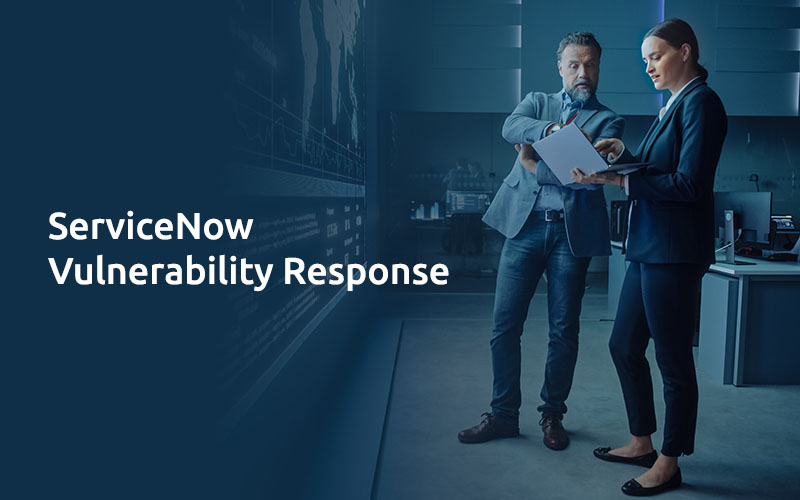ServiceNow Vulnerability Response
ServiceNow’s Vulnerability Response (VR) module is designed to help organizations manage and respond to security vulnerabilities. In today’s fast-paced and complex security landscape, it is important for organizations to have a solid vulnerability management program in place. ServiceNow’s VR module offers a range of features that help organizations manage vulnerabilities and streamline the vulnerability response process.
This article will provide an in-depth overview of VR in ServiceNow, including its key features, best practices, benefits, and implementation considerations.
Key Features of VR in ServiceNow
The VR module in ServiceNow offers several key features that make it a powerful tool for vulnerability management. Some of the most important features include:
Vulnerability Identification
The VR module can automatically detect vulnerabilities using data from various sources, such as vulnerability scanners and asset management systems. The platform can also identify vulnerabilities using data from threat intelligence feeds and other sources.
Vulnerability Prioritization
The VR module can prioritize vulnerabilities based on the severity of the threat, the impact on the business, and other factors. The platform can also group vulnerabilities by asset or business unit to help organizations prioritize their remediation efforts.
Vulnerability Remediation Workflows
The VR module includes pre-built workflows for vulnerability remediation, including tasks for vulnerability analysis, patch management, and verification. The workflows can be customized to meet the specific needs of the organization.
Collaboration and Communication
The VR module includes features for collaboration and communication, allowing stakeholders to work together to remediate vulnerabilities. The platform includes a chat function, email integration, and other features to facilitate communication between team members.
Reporting and Analytics
The VR module includes features for reporting and analytics, allowing organizations to track vulnerability management metrics, identify trends, and improve their vulnerability management processes over time. The platform includes pre-built reports and dashboards, as well as the ability to create custom reports.
Best Practices for VR in ServiceNow
To get the most out of the VR module in ServiceNow, organizations should follow these best practices:
Develop a Vulnerability Management Plan
Organizations should develop a vulnerability management plan that outlines the steps to take in the event of a vulnerability. The plan should include procedures for vulnerability detection, response, resolution, and communication. The plan should be tested regularly to ensure it is up-to-date and effective.
Configure the VR Module
Organizations should configure the VR module to meet their specific needs. This includes setting up vulnerability remediation workflows, configuring integrations with other security tools, and customizing the platform to fit the organization’s security posture.
Train Staff
Organizations should train staff on how to use the VR module and how to respond to vulnerabilities. This includes training on vulnerability identification, remediation workflows, and communication procedures. Training should be ongoing to ensure staff are prepared to respond to vulnerabilities.
Practice Vulnerability Response Scenarios
Organizations should practice vulnerability response scenarios to test their vulnerability management plan and the effectiveness of the VR module. This includes tabletop exercises and simulations of various vulnerability scenarios. Practice should be conducted regularly to ensure staff are prepared for real vulnerabilities.
Continuously Improve
Organizations should continuously improve their vulnerability management processes by analyzing vulnerability management metrics, identifying trends, and implementing changes to improve their vulnerability management capabilities.
